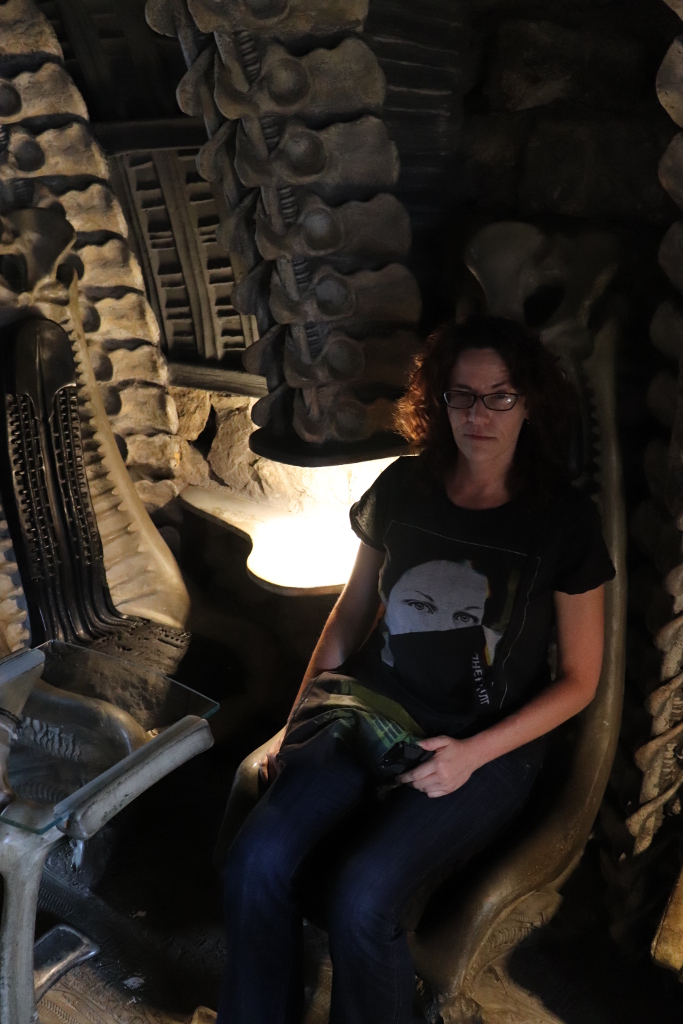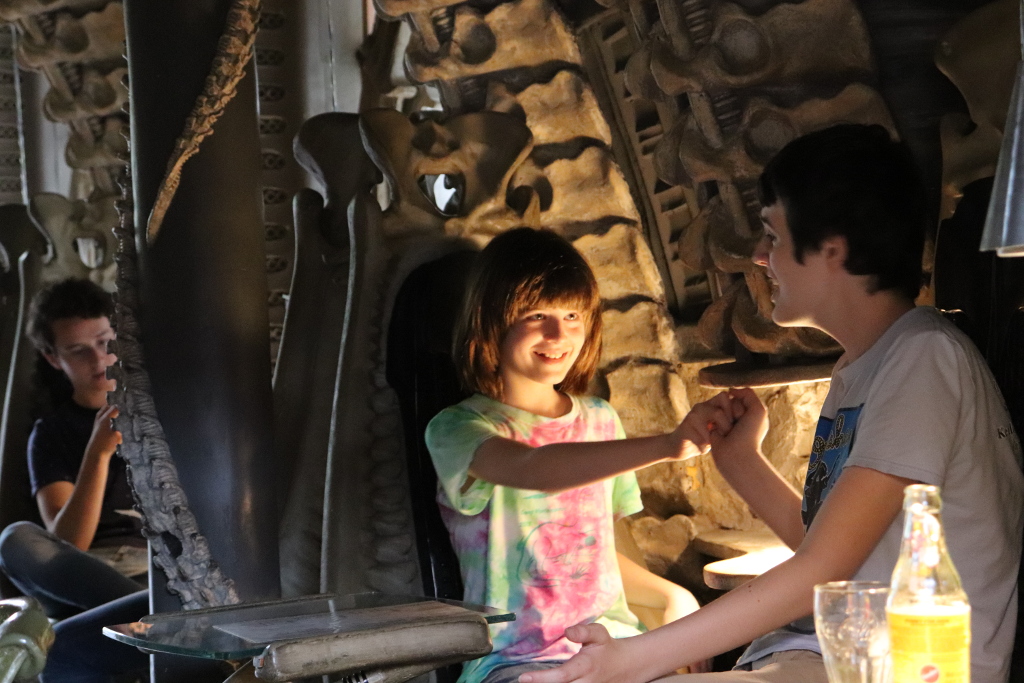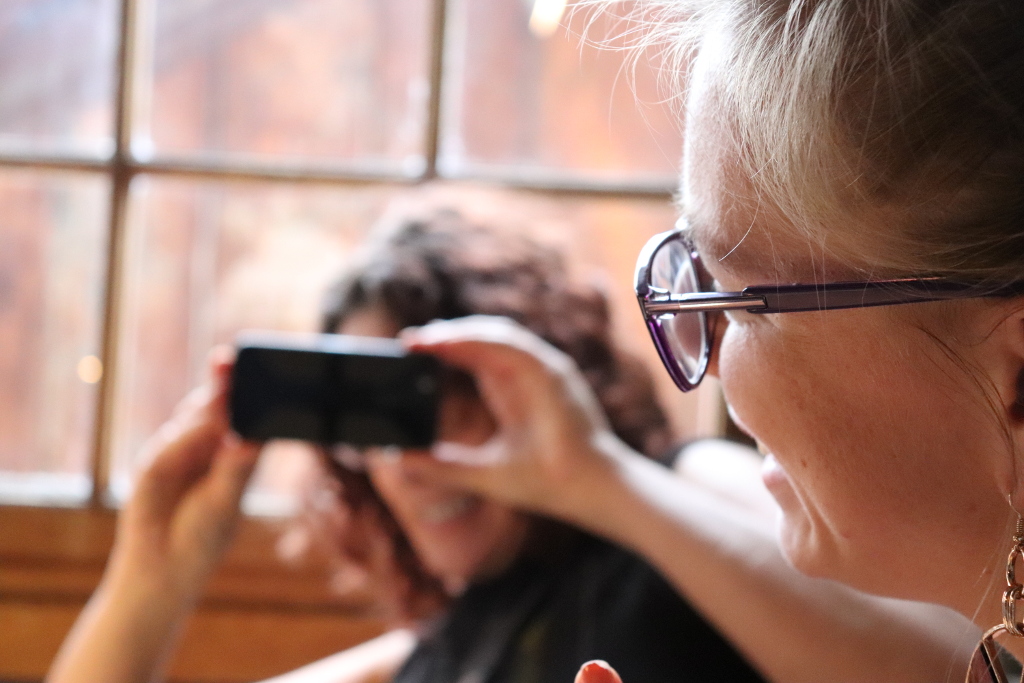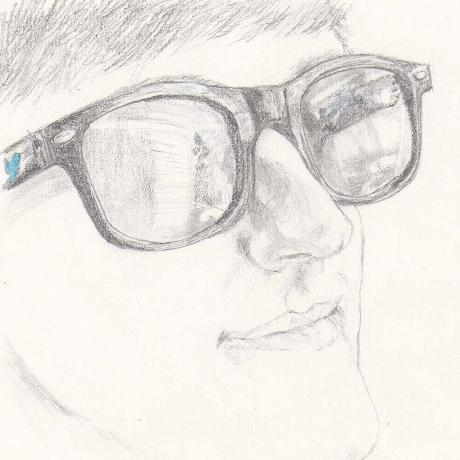Today's plan was originally to visit the castle down the shore, but Nina (Kayla's friend from last night) suggested we visit the chocolate factory. So we did. And we got the worst stomachache ever.
It all started at five in the morning, when a thunderstorm rolled in over our flat from the mountains. There was no discernible delay between the lightning and the accompanying thunder, and the deafening crack backed up the idea that it was just above us. Ellen and I woke up and watched the storm for a few minutes. Eventually we managed to get back to sleep.
Noisy during storms, perhaps, but still beautiful during the day.
The chocolate factory, a subsidiary of Nestle, had a tour that told us the history of chocolate, showed us their manufacturing floor, and let us taste-test the chocolates. That last part was the hardest.
The first part of the tour was hilariously melodramatic. They described the story of how the Aztecs used it as a bitter drink to prepare for battle, and than the Spaniards came and brought it back to Europe. The trip back from Central America was dangerous, "...and not just because of the scurvy," according to the narrator.
He didn't say what else was dangerous.
Then the tour took us to a room that had many of the ingredients for chocolates (cocoa, nuts, fats, vanilla, etc.) laid out, so we could touch and smell them (as well as taste raw cocoa beans, which are very bitter).
The next part of the tour was a machine which made small chocolate rolls, roughly 5cm (2 inches) in length and 1cm (1/2 inch) in diameter, with nuts throughout the outer layer of chocolate. The machine extruded long tubes of chocolate onto a conveyor, which then sliced them into slugs, covered the slugs with nutty chocolate. Then the hot chocolate bars went into a long refrigerator, that cooled down the chocolate enough for a pick-n-place machine to pull out the good chocolate bars for the wrapping machine.
After the wrapping machine, the bars went into a box, from which we could grab some and eat them to our heart's delight. I had at least a half dozen.
After eating my fill from the chocolate machine the tour showed us the actual mixing floor. Dark chocolate looks so much less appetizing when it’s being pumped through tubes as a goop. The next section of the tour told us about the different ways to taste chocolate - we learned about how the different types (milk and dark) sound when they’re broken, how they feel in your hand, how they smell, and so on. It was mostly just things you intuitively know, but then they formalized them. Then there was a room with a wide variety of different chocolates offered by Callier, which we could (and did) sample. By the end of the room we were pretty sick to our stomach.
On exiting the Callier chocolate factory, Jason took the opportunity to model in front of a nearby mountain.
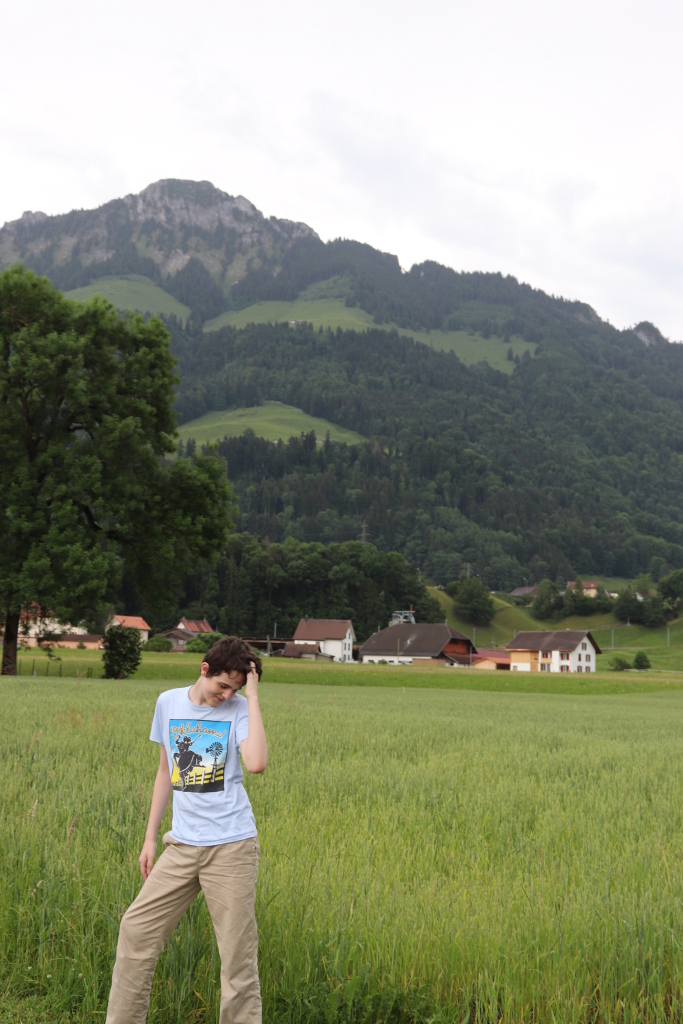
Kayla learned that the Giger museum was in Gruyeres, just down the road (Gruyeres is, oddly, a car-free town - only locals are allowed to drive there). Giger was the Swiss art designer for all things alien in the Alien movie series. So he’s known for his creepy art.
Which is funny, because Gruyeres is such a picturesque country town. It started to rain as we walked up the hill, though we didn’t find it ominous at the time.
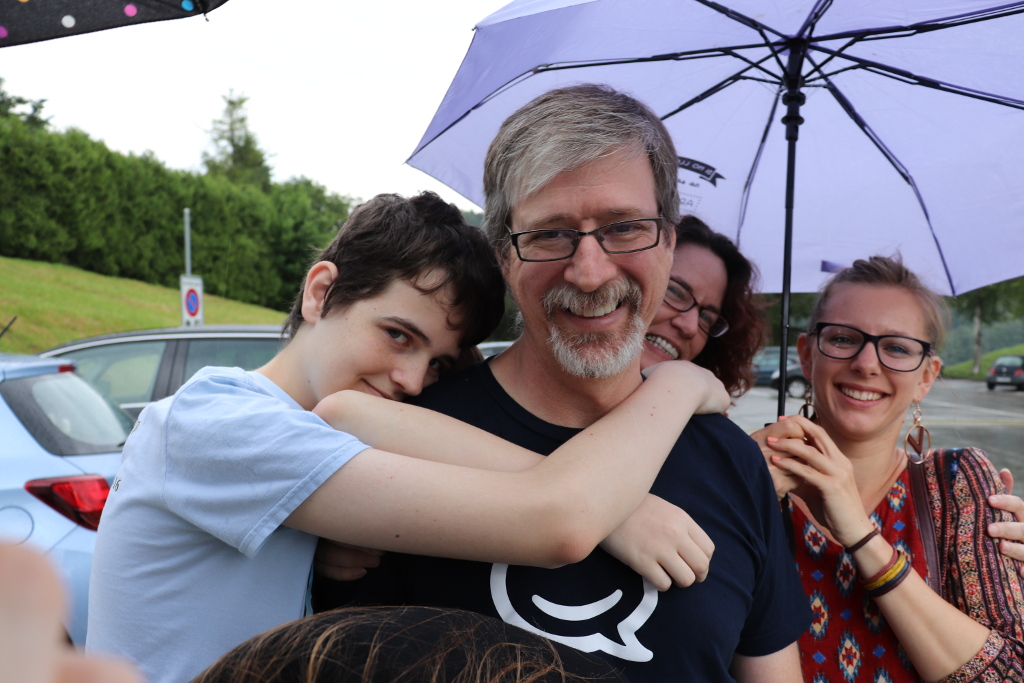

Creepy it was. Outside the cafe (Giger designed and built two cafes in his life), things were relatively normal. Sitting in the back of the cafe was unsettling. Skeleton arches passed above us while rows of dead, diseased, screaming babies stared at us from the walls. A floating organ of some kind cast light over a table made of cyborg skeletons.
My ability to describe the scene in words is limited, so I’ll let the pictures speak for themselves.
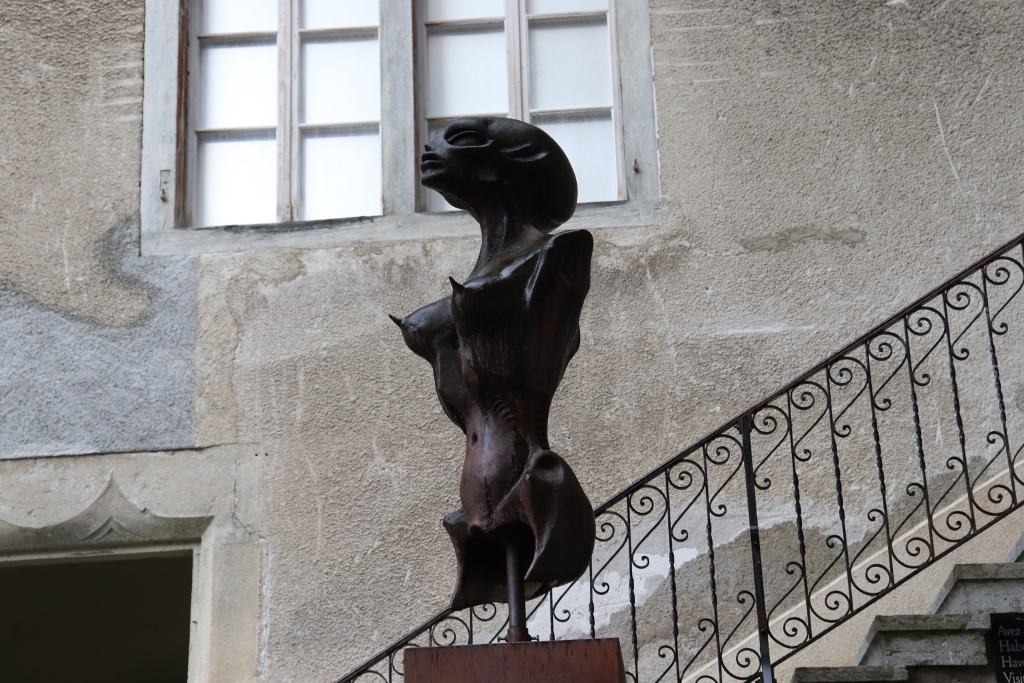
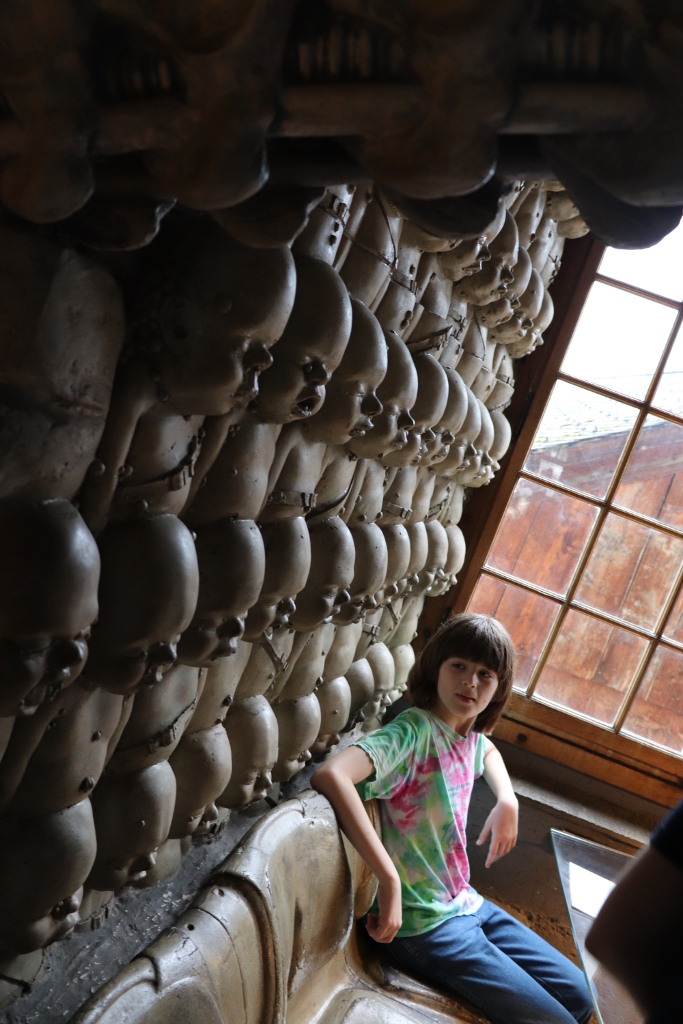
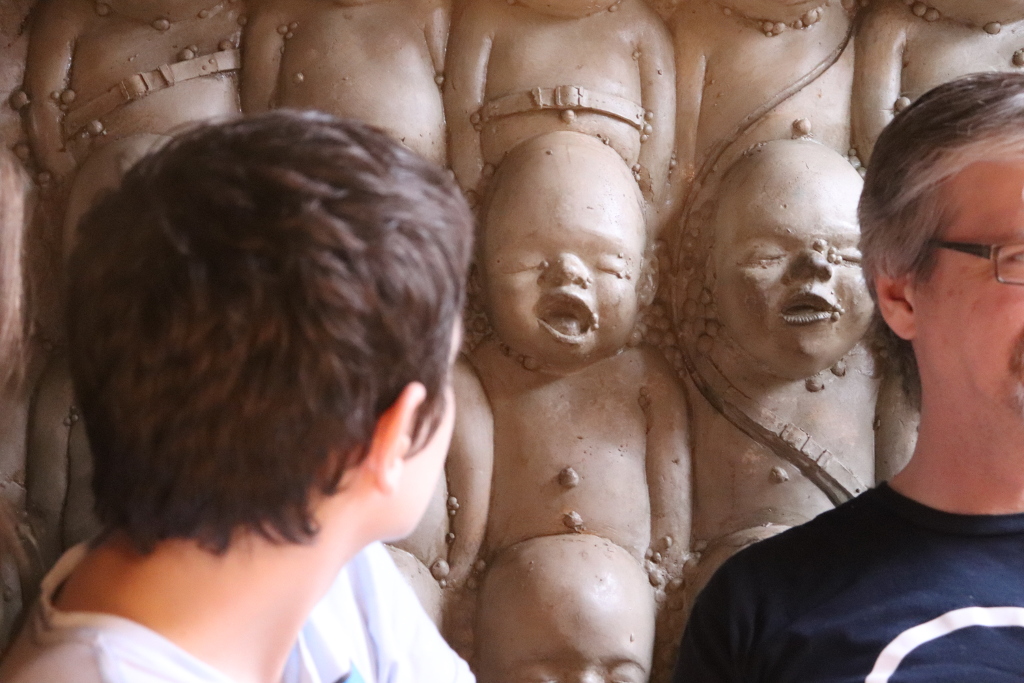


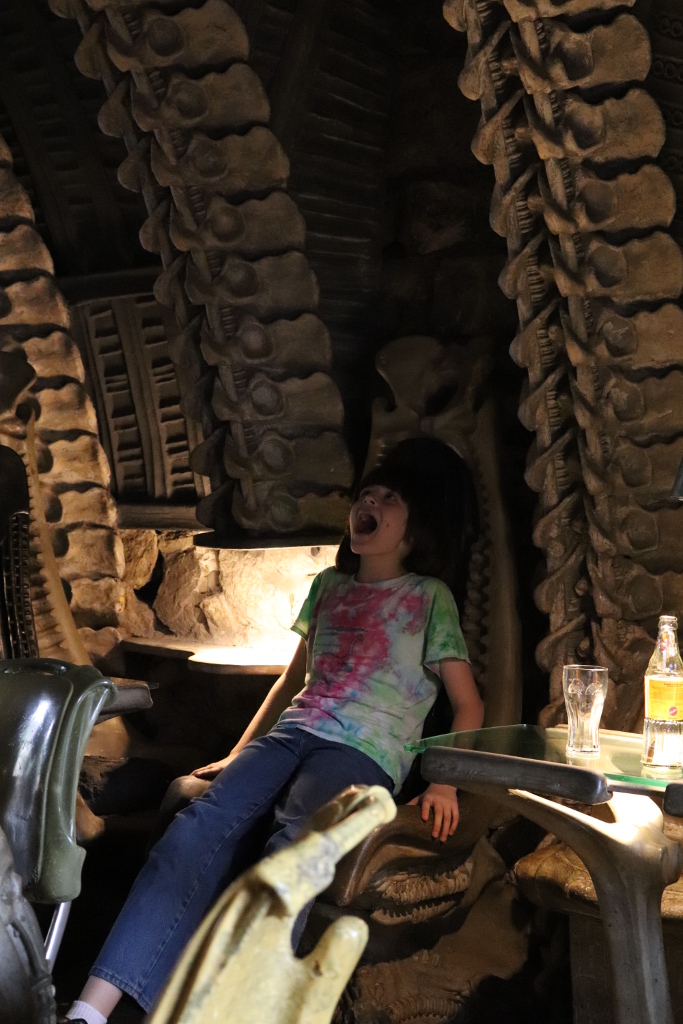
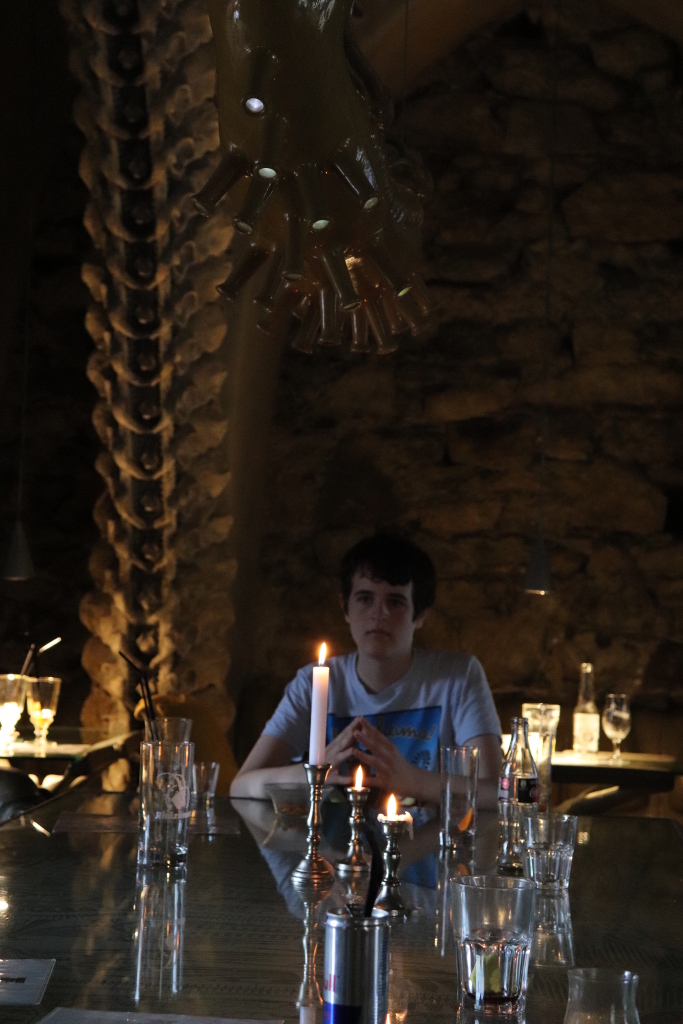
Despite the anticipated nightmares for the night, fun was still had by all.
